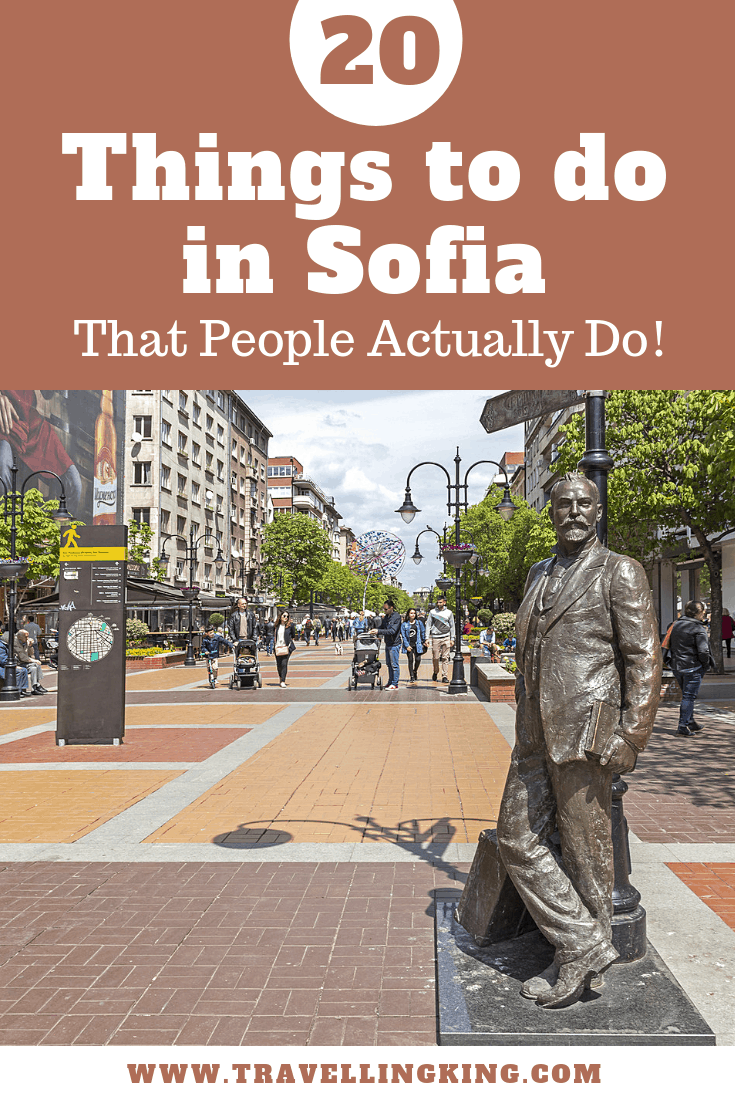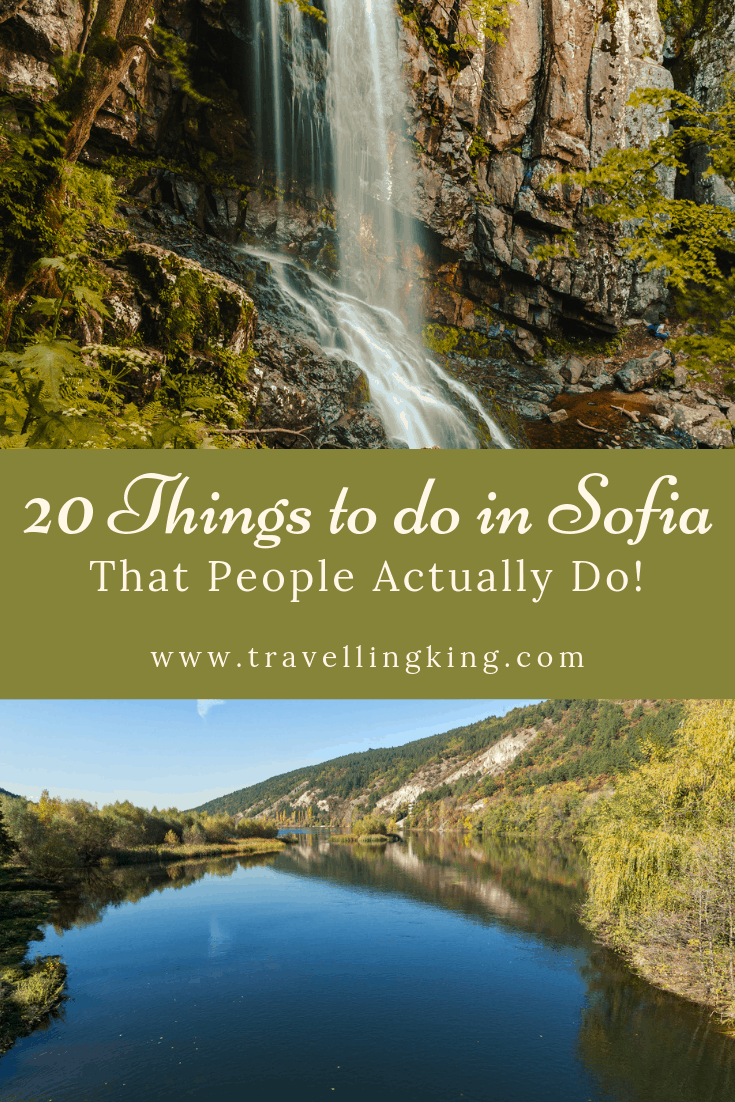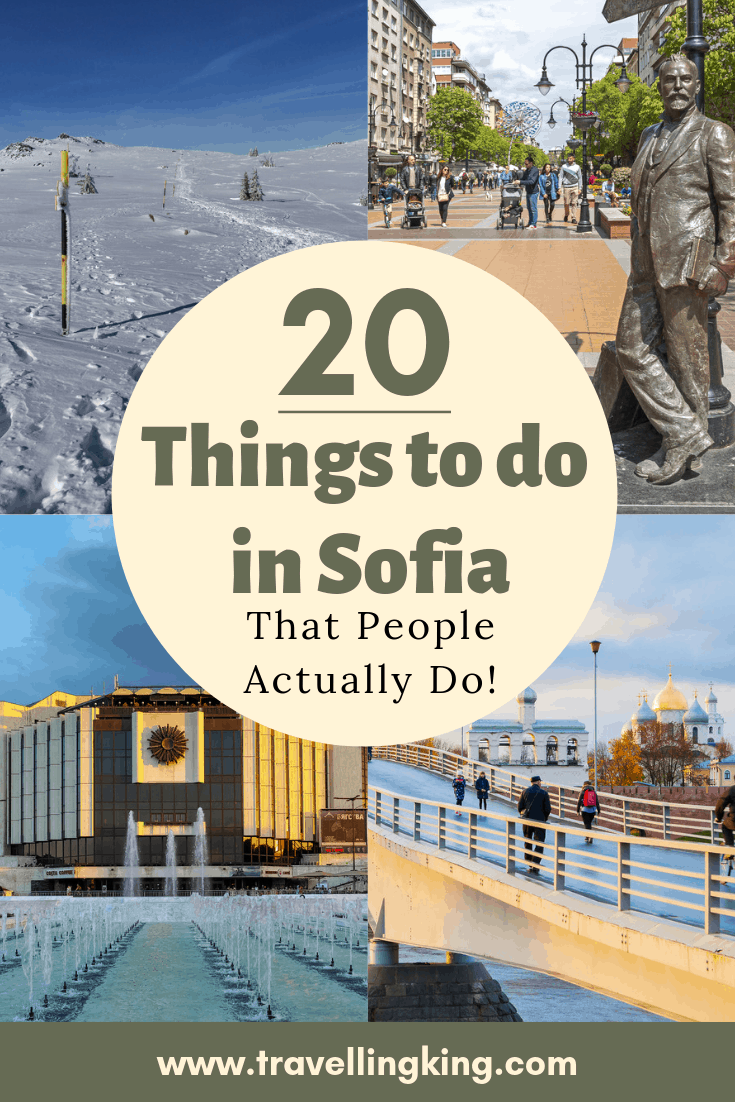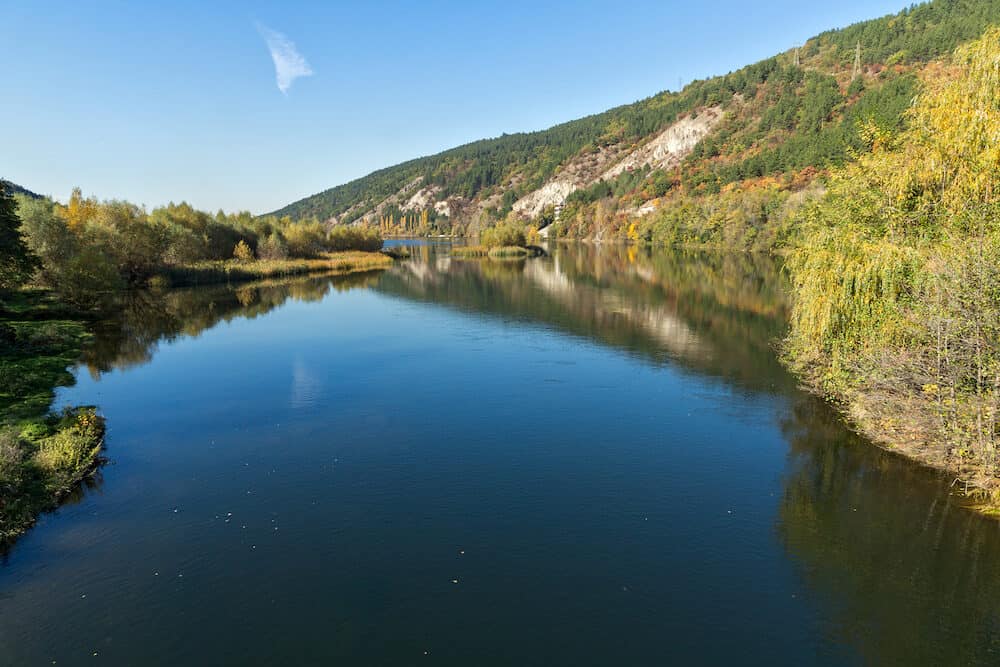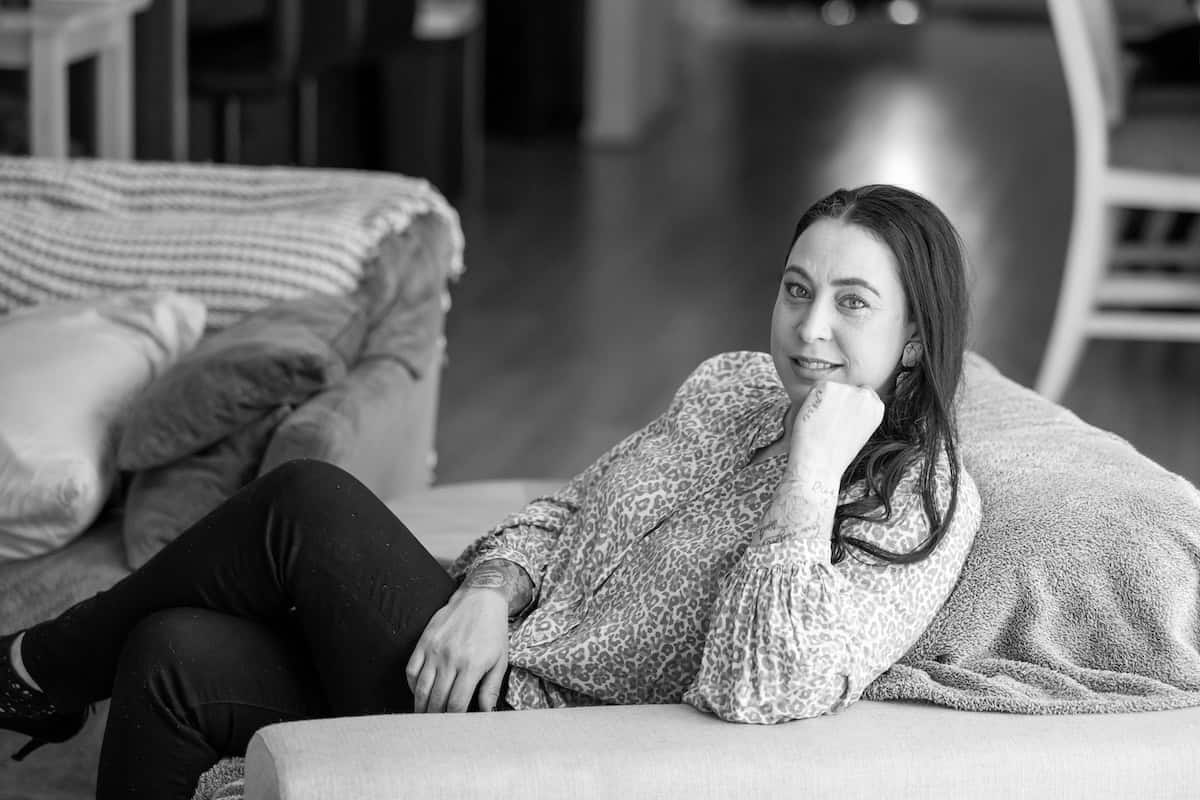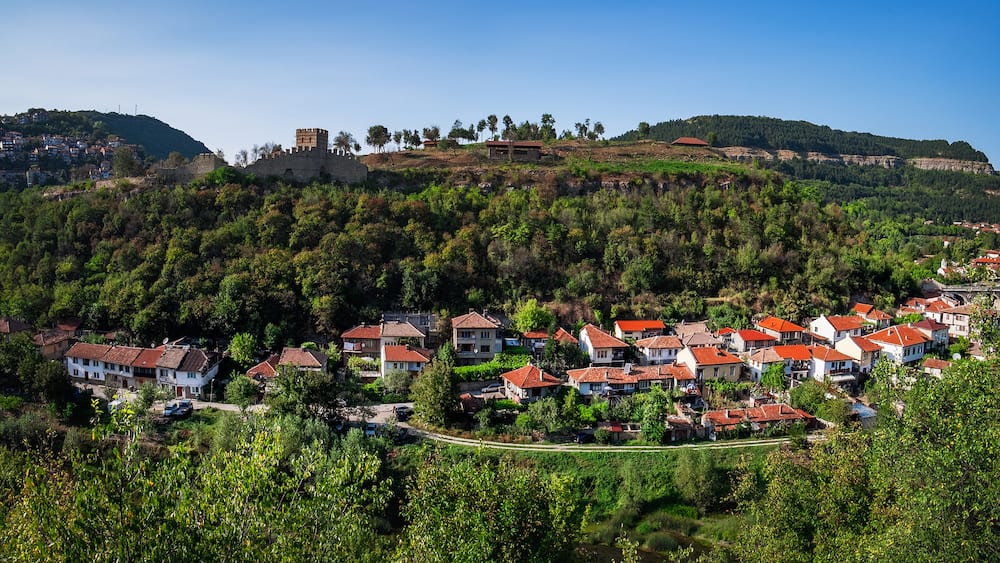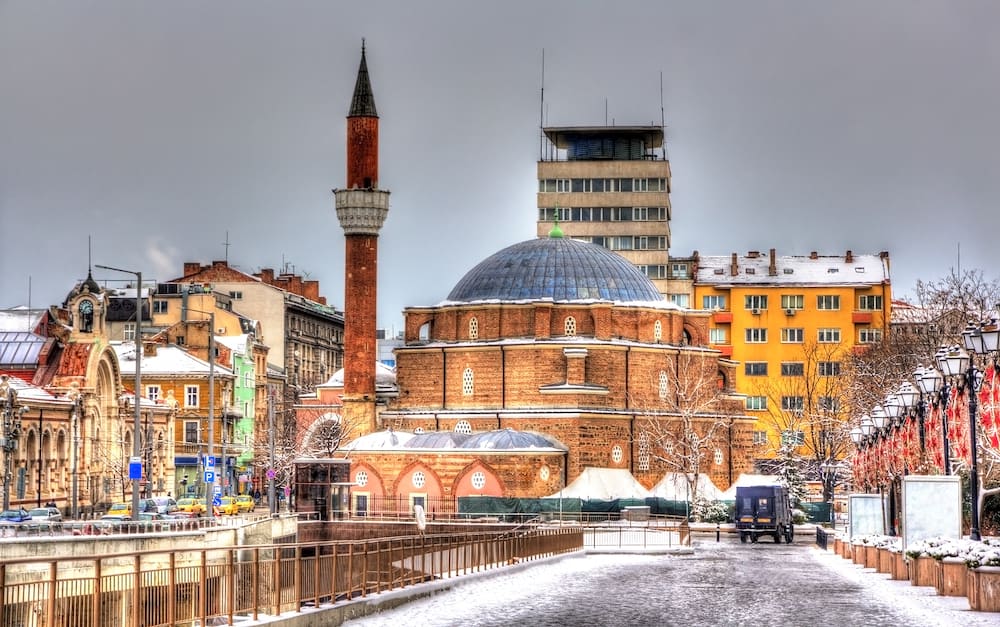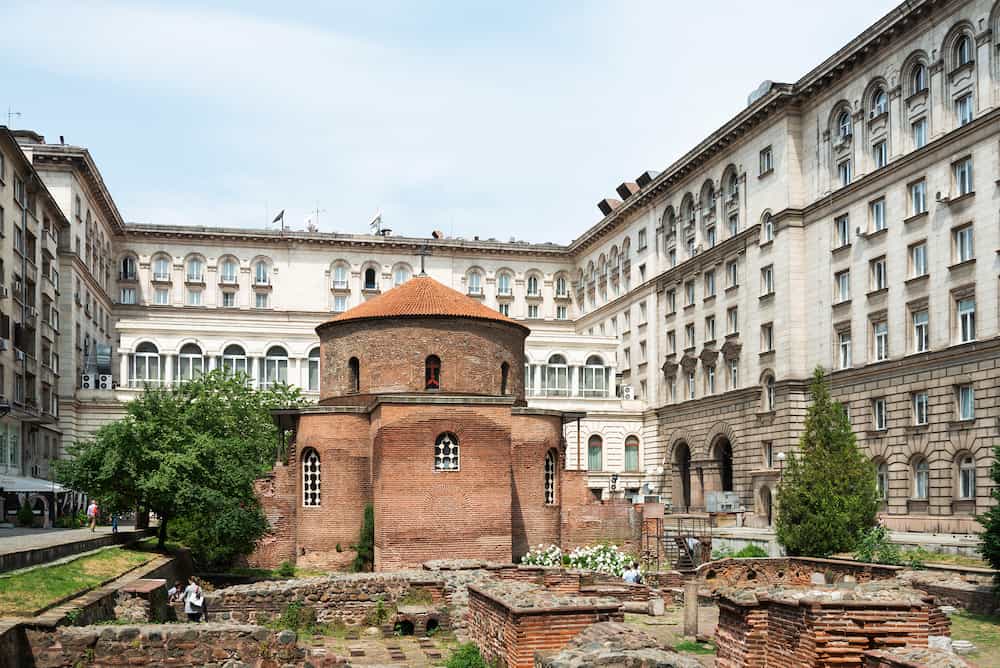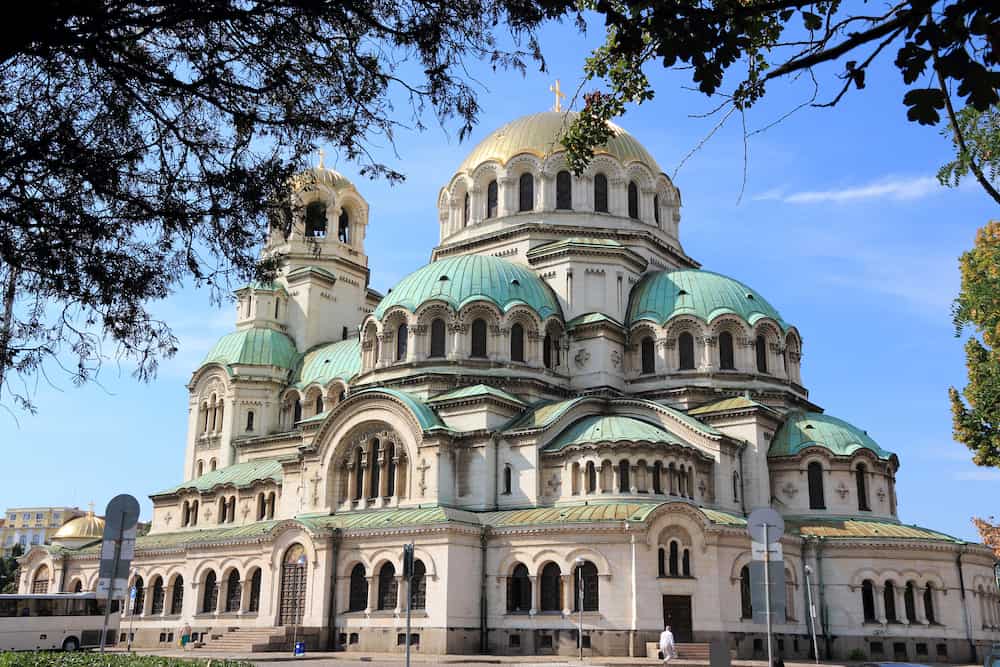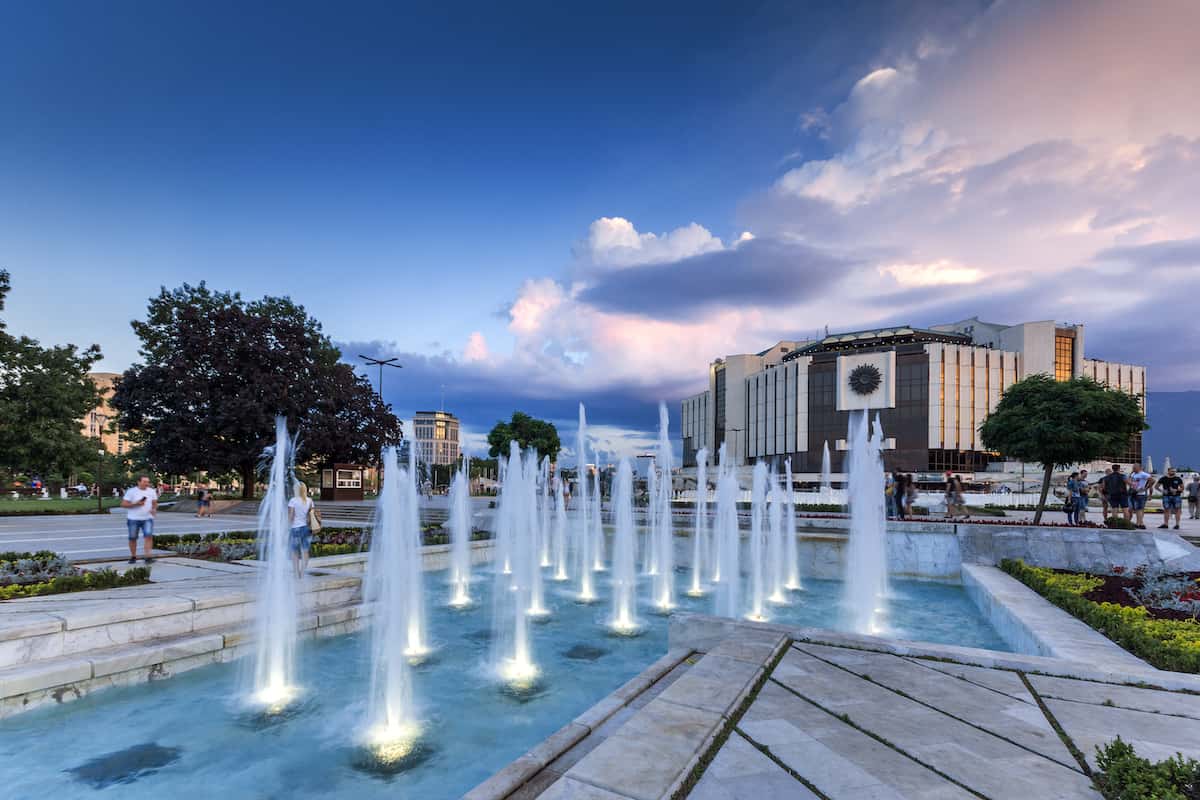20 Things to do in Sofia – That People Actually Do!
As the capital of Bulgaria in Eastern Europe, Sofia merges centuries of diverse culture and history.
The landmarks and architecture reflect the Greek, Ottoman, Roman and Soviet occupations over 2,000 years. Sofia is an interesting, charming and beautiful city that will surely take you by surprise.
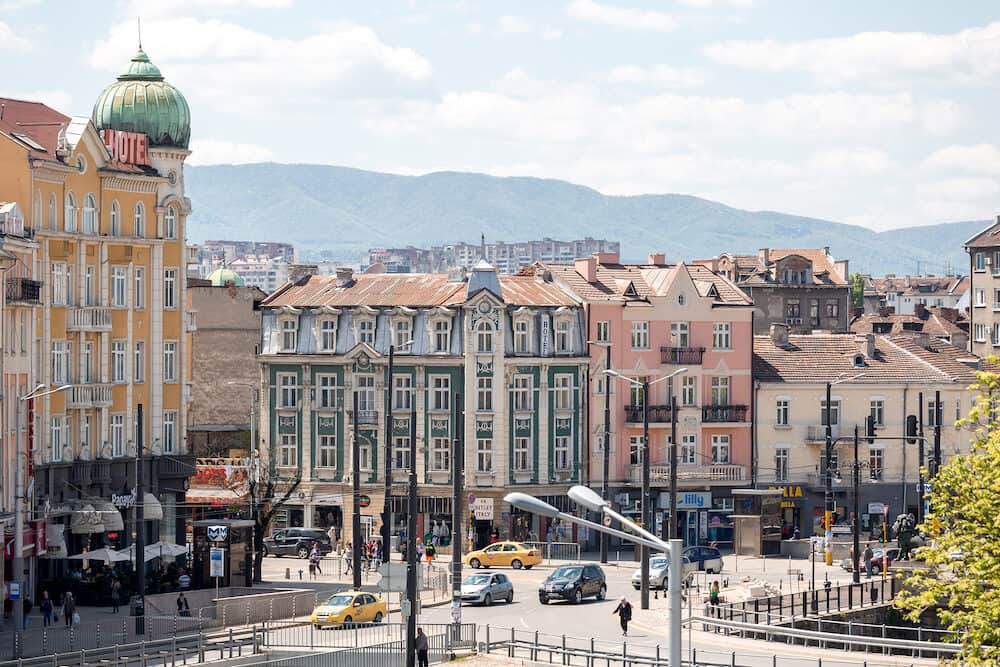
If you’re thinking about visiting and are wondering what to do in Sofia, this article is here to help! There are so many diverse and fascinating landmarks and activities you’re sure to enjoy. Keep reading to find out 20 of the best things to do in Sofia, Bulgaria.
Plan your trip
Save on fees abroad with the Wise Card—use it at ATMs, restaurants, and for flights or hotels in over 150 countries. Manage 40+ currencies in real-time with the Wise app.
Need Help Planning?
- Cheap Flights: Find the best deals.
- Accommodation: From hostels to luxury stays.
- Car Rental: Affordable options worldwide.
- Sightseeing Tours: Explore without breaking the bank.
- Travel Adapter: One adapter for all your needs.
- Travel Insurance: Don’t risk it—stay covered.
This post includes affiliate links. Read my full disclosure and content policy.
Marvel at the Alexander Nevsky Cathedral
The Alexander Nevsky Cathedral in Sofia is a magnificent Neo-Byzantine structure designed by Russian architect Alexander Pomerantsev. The cathedral is dedicated to the Russian soldiers that helped liberate Bulgaria from the Ottomans during the Russo-Turkish War of 1877-1878.
The entire complex takes up 3,170 square metres, and its bell tower reaches a maximum height of 53 metres.
The cross-domed basilica emphases a central gold-plated dome, which sits 45 metres high. It is extravagantly decorated using luxurious materials like Italian marble and Brazilian onyx, and the interior walls are covered in frescoes and illuminated by stunning chandeliers.
The Alexander Nevsky Cathedral is considered a symbol of Bulgaria and should definitely be one of the first stops on your Sofia sightseeing adventure.
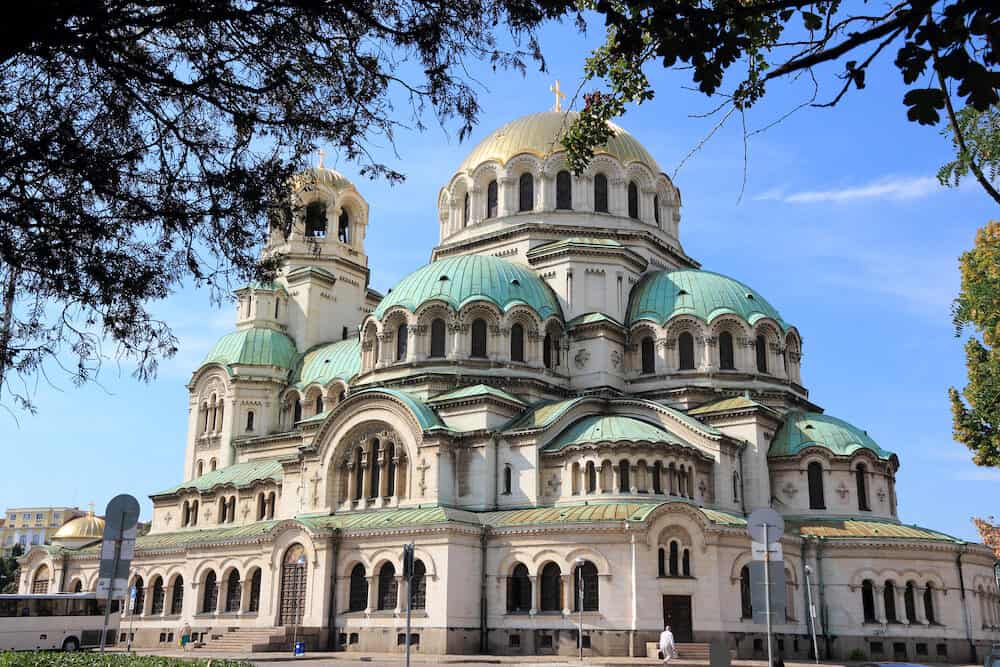
Visit the Central Mineral Baths
Another major landmark in Sofia is the former Central Mineral Baths. Although the name is now misleading, it’s still worth a visit with the right expectations.
While the yellow and white building was used as the city’s public baths during the 20th century, it was recently turned into a museum. Throughout the 11 open rooms are an assortment of artefacts, jewellery, coins, and items belonging to important figures in Bulgarian history.
The unique design of the building integrates Vienna Secession, Byzantine, Eastern Orthodox and Bulgarian elements. The garden beds and large fountain at the front add even more beauty to this attraction.
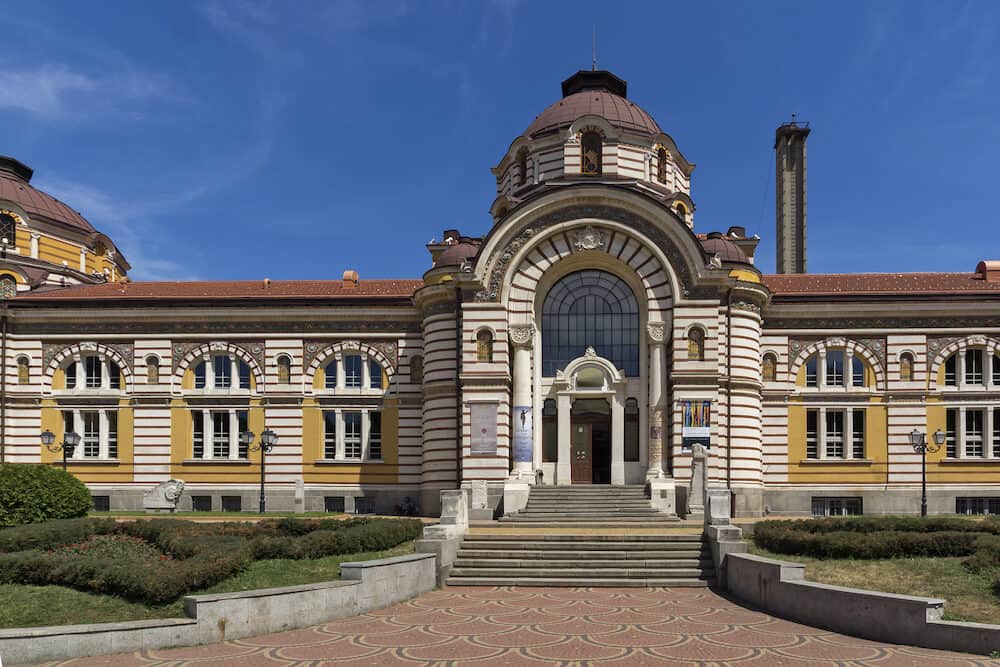
Admire the frescoes at Boyana Church
The Boyana Church is a medieval gem found on the outskirts of Sofia. Originally built in the early 11th century and hidden amongst tall pine trees, this UNESCO World Heritage Site is definitely worth making the effort to visit.
The interior walls are a fantastic representation of art and life during the 13th century, before the emergence of Italian Renaissance.
The colourful frescoes depict 89 different scenes and include many notable Bulgarian figures from the era. For 10 lev, you’ll get a 10-minute look inside with an informative guide who can help you understand the masterpieces.
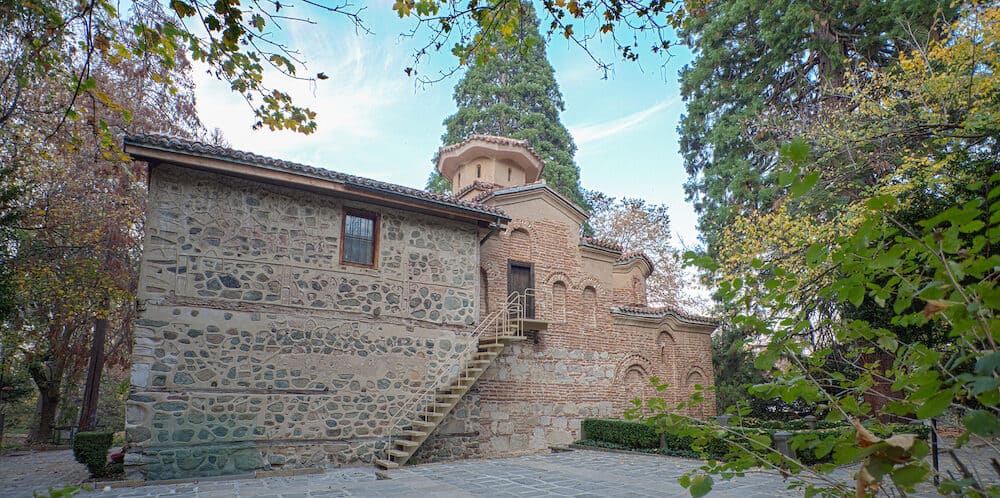
Learn about the National Theatre
Bulgaria’s national theatre in Sofia is the oldest in the country. The facade of the Ivan Vazov National Theatre shows off six white marble columns, an extravagant pediment with golden ornaments, and two 40-metre-high twin towers.
A guided tour inside can inform you about the life of Ivan Vazov, the playwright the theatre was named after. Unfortunately, the shows are only performed in Bulgarian, the local language.
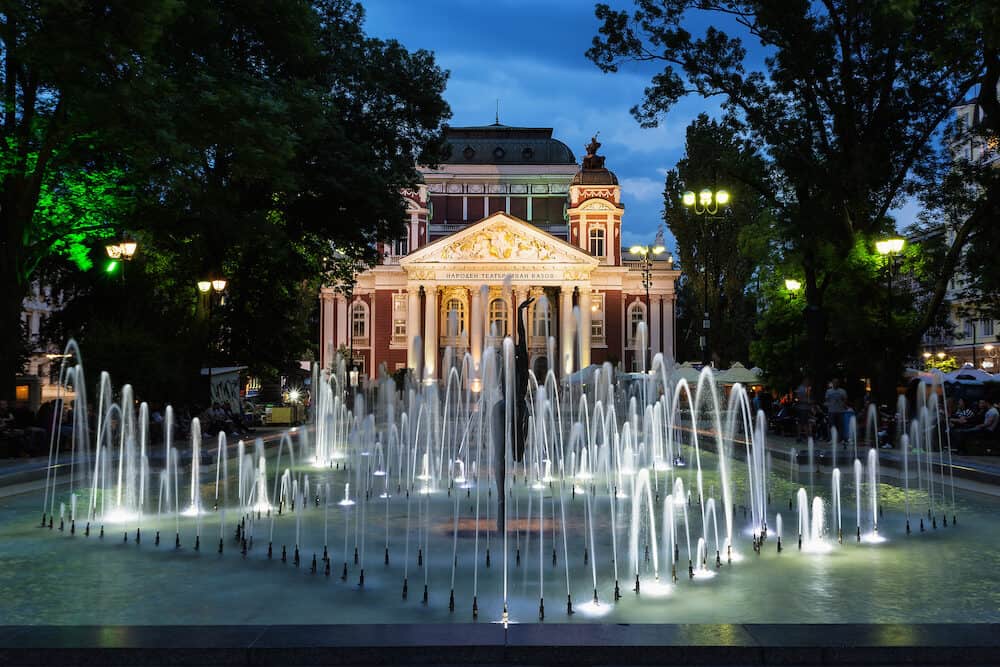
Go skiing at Vitosha
One of the best things to do in Sofia in winter is to head to Vitosha Mountain. Though it’s a popular hiking area throughout the year, the snow from January to March creates the perfect opportunity for skiing and snowboarding.
Be aware that the winter season here doesn’t usually open until the beginning of January, so avoid booking a ski trip during December. All the equipment you need to partake in some winter sports is available for hire at Vitosha’s main ski resort, Aleko.
The mountain is very conveniently located near the city, and with a peak of 2290 metres, it can be spotted from just about anywhere. There are numerous public transport options available, with buses 122 and 123 taking you straight to the Simeonovski cable car lift.
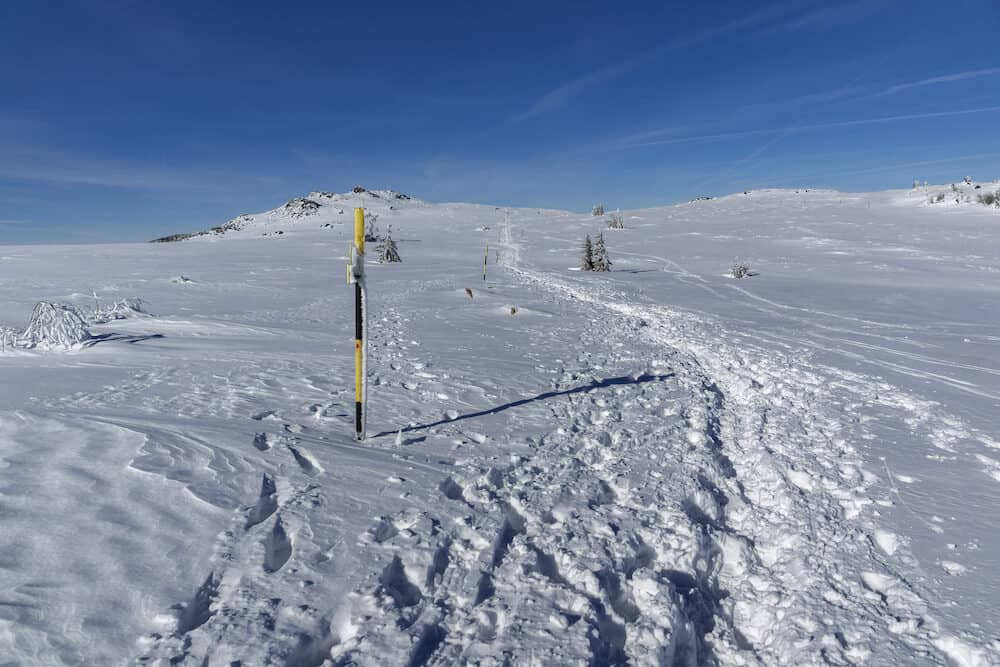
See the National Palace of Culture
The National Palace of Culture is one of the largest conference and exhibition centres in Eastern Europe. It was opened in 1981 opposite a memorial park to celebrate Bulgaria’s 1,300th anniversary.
Though this place doesn’t appear on most tourist attraction lists, it’s an important part of cultural life for residents of the city.
Numerous events are held here year-round, including the Sofia International Film Festival. With its sleek, minimalist exteriors and geometric elements, the enormous building is also a fine example of modern socialist architecture.
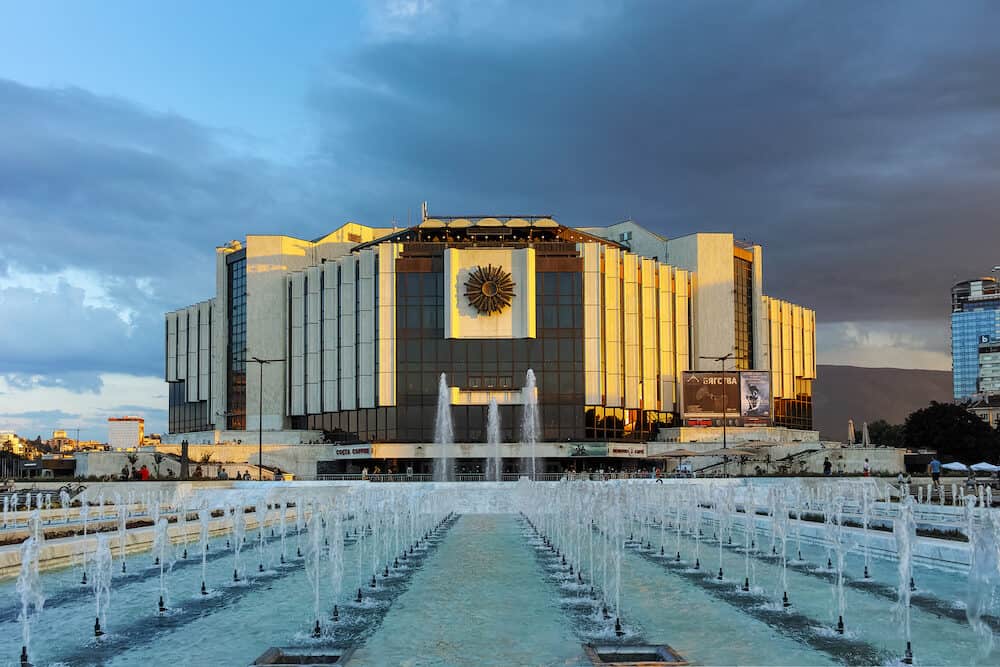
Hike the Golden Bridges
Zlatnite Mostove, better known as the Golden Bridges, is a large stone river on Vitosha. The name comes from the golden lichen organisms that cover the stone boulders.
Thousands of these enormous rocks extend for two kilometres down the slope of the mountain, making for a unique and engaging climb.
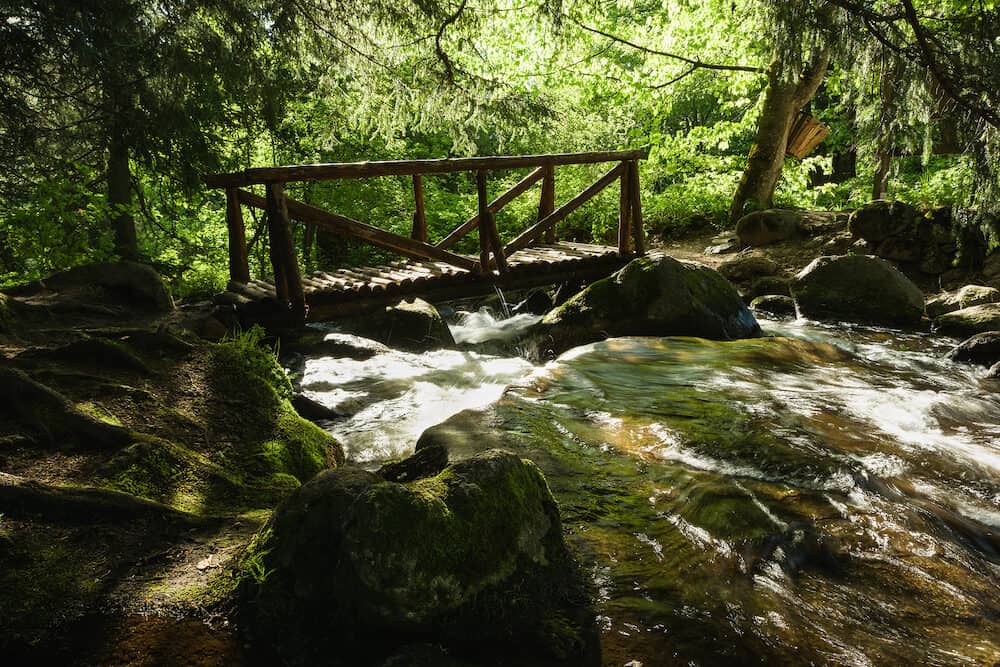
Freshen up at the waterfall
Continue the hike through the Vitosha National Park and discover the gorgeous Boyana Waterfall.
This hidden beauty is 25 metres high and surrounded by luscious tall trees. While technically accessible year round, it’s best to visit this peaceful spot during summer or early spring.
If you are worried about getting lost, you can book a guided hiking tour on Viator. The hike to the waterfall can be fairly challenging, so this is definitely recommended if you’re travelling solo.
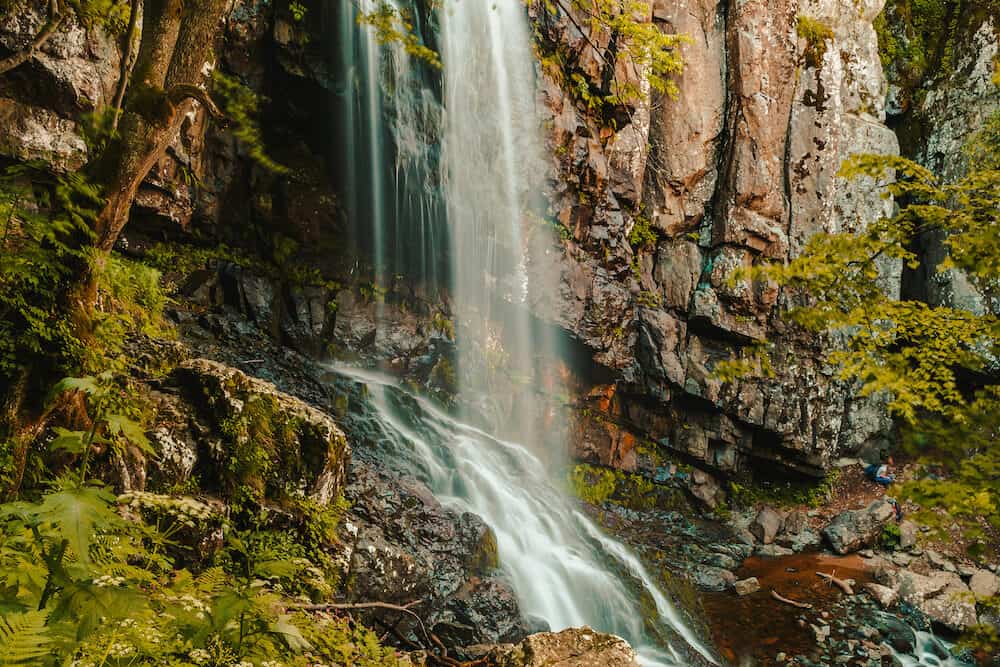
Stop by the city’s last standing mosque
Despite Bulgaria’s efforts to erase 500 years of history under Turkish rule, one significant structure from the Ottoman Empire still remains. The 16th-century Banya Bashi Mosque is the only mosque left in Sofia and is still used by the city’s Muslim community.
The name Banya Bashi translates to multiple baths, as it was built atop natural thermal spas. The mosque was designed by one of the most notable Ottoman architects, Mimar Sinan, who also designed the Sultan Ahmed Mosque in Istanbul.
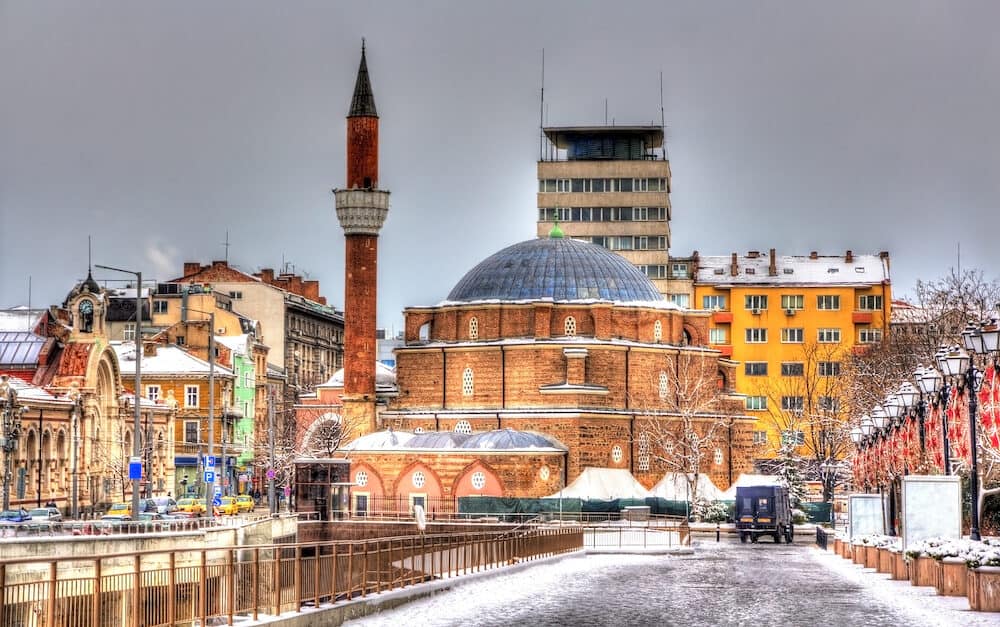
Picnic at Borisova Gradina
The oldest and most-loved park in Sofia is the Borisova Gradina. The gardens were developed over three distinct periods, starting with the creation of a nursery, flowerbeds and an artificial lake in 1882.
Between 1906 and 1934, the Rosarium and Freestone Fountain were built. In the late 1930s and early 1940s, the Japanese Corner was created with plants sent by the Japanese minister, symbolising friendship between both nations.
Its central location and shady acacia trees make the garden an ideal spot to enjoy a picnic lunch or read a book. One of the best free things to do in Sofia is to simply go for a peaceful walk here. There are always many locals around on the weekends in Sofia, though the area is big enough that you’ll be able to find a quiet spot for yourself.
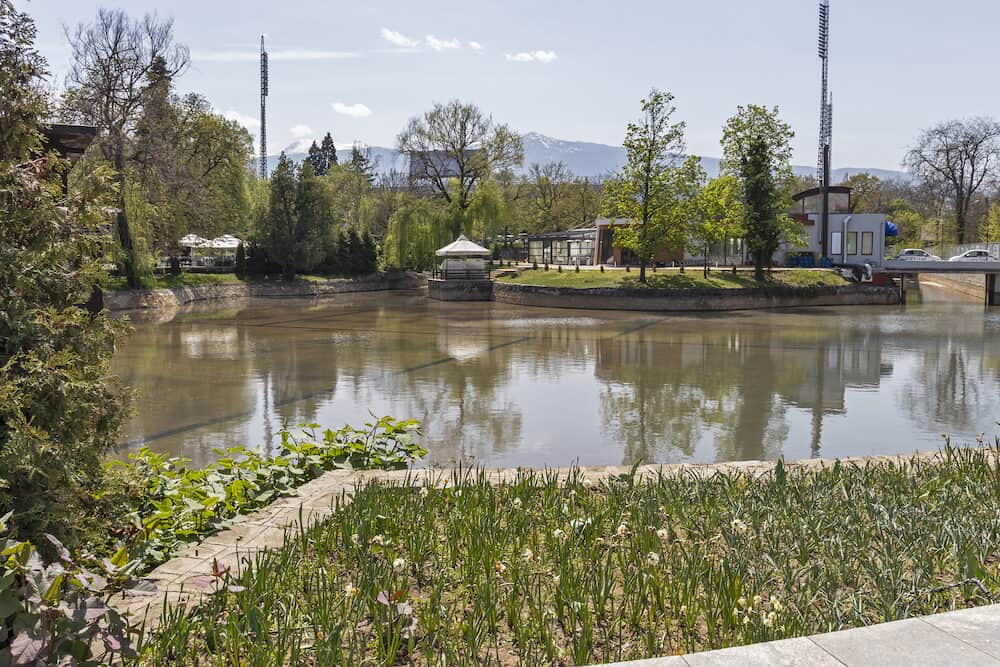
Tour the cave systems
An incredible day trip to take from Sofia is to two of Bulgaria’s most fascinating cave systems. Firstly, stop near the village of Brestnitsa to explore Saeva Dupka, a subterranean cave with over 400-metres of naturally occurring corridors and halls.
While this can result in some eerie echoes, the acoustic atmosphere makes it an incredible venue for choirs to perform in. Your guide will point out the many fascinating shapes here, including stalactites and stalagmites.
Your second stop will be Ledenika, perhaps the most impressive cave in all of Bulgaria. The inside of the cave is about 300 metres long and has 10 distinct areas, which are called halls or galleries.
The Concert Hall is rife with fascinating and spooky karst formations from which icicles form during winter. There’s also the Great Temple, which has a 15-metre-high ceiling. The limestone found here dates all the way back to the Pliocene era millions of years ago, which is extraordinary to think about.
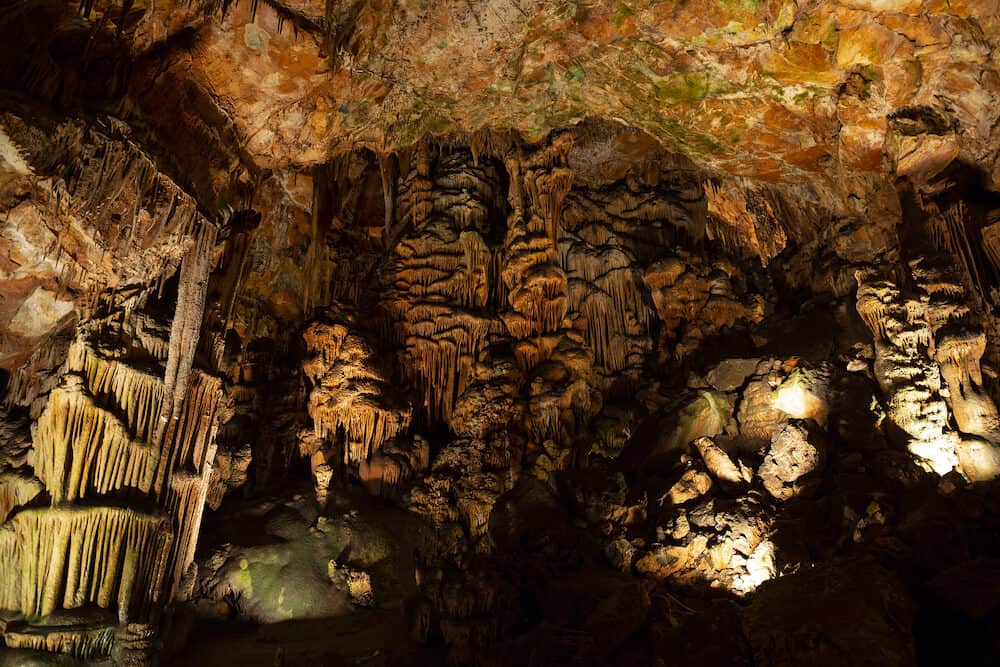
Taste the local cuisine
Sofia’s free food tour is one of the most popular activities for first-time tourists. Balkan Bites runs the first completely free guided food tour in Europe, visiting four different places each day. Bulgarian cuisine has a lot of variety, so both meat eaters and vegetarians will be able to enjoy the tour.
Some Bulgarian dishes you’ll get to sample include banista (a cheese pastry) and yoghurt soup, as well as some local cheese and homemade bread with tomato spread.
This tour won’t completely fill you up, but you’ll be introduced to some of the local foods and leave with some great restaurant recommendations. If you enjoy the experience, feel free to tip your guide.
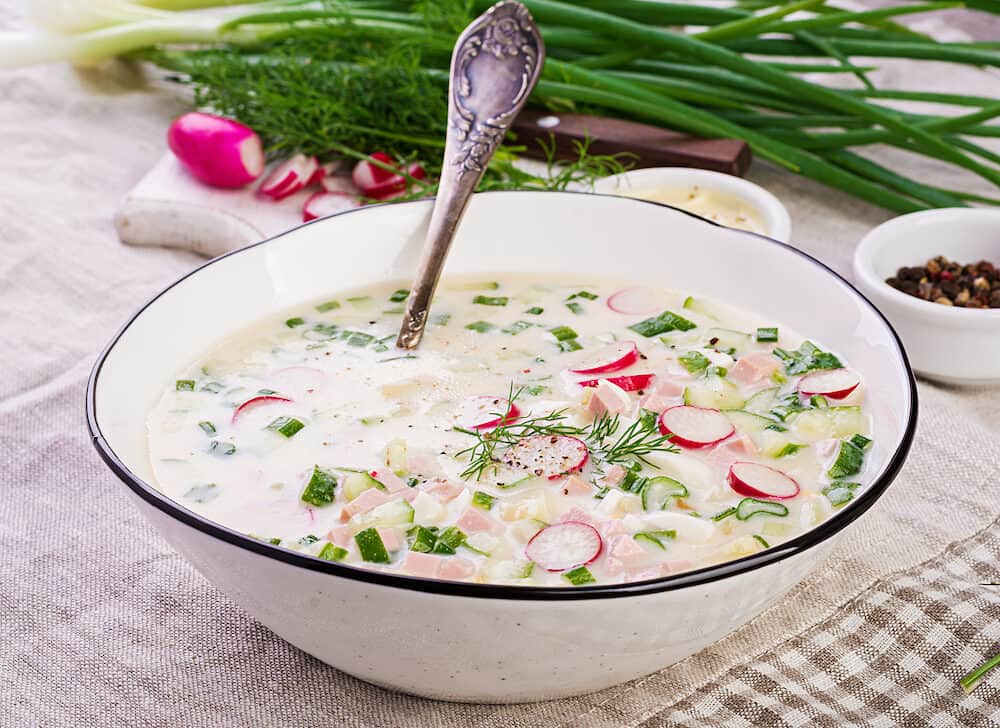
Explore the Market Hall
The Central Sofia Market Hall is one of the best places to visit in Sofia to get a sense of local life. The covered market has been operating for over a century and is a great spot to visit for a quick and affordable lunch. There are various food stalls as well as clothing and jewellery shops across three stories.
The facade of the building itself, designed by Naum Torbov, is a beautiful example of Neo-Renaissance, Neo-Byzantine and Neo-Baroque architecture.
The hall is located on Marie Louise Boulevard, one of the main streets in Sofia, and is open daily from 7:30 a.m. until nine o’clock at night.
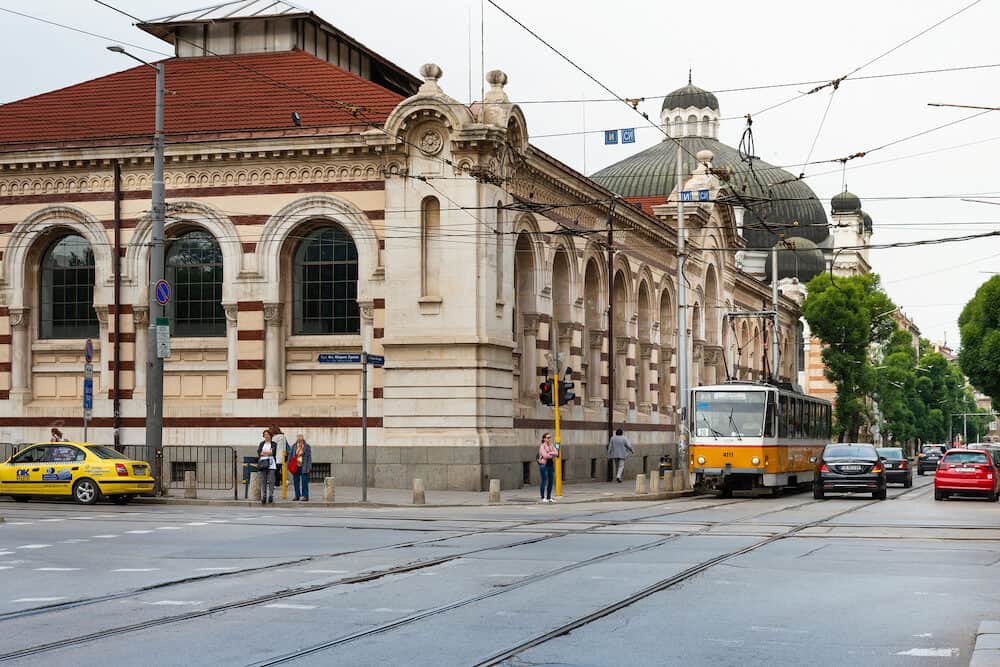
Shop along Vitosha Boulevard
If you really want to shop ’til you drop, the place to be is Vitosha Boulevard. Sofia’s main commercial street is lined with leafy trees and has a myriad of fancy shop fronts.
You’ll find high-end fashion labels like Versace, Tommy Hilfiger, Lacoste and Bulgari, as well as more affordable outlets like H&M and Zara.
The street is pedestrian-only, so you can spend an enjoyable time wandering at your leisure. Stop at one of the many cafes with outdoor seating and soak up the bustling energy.
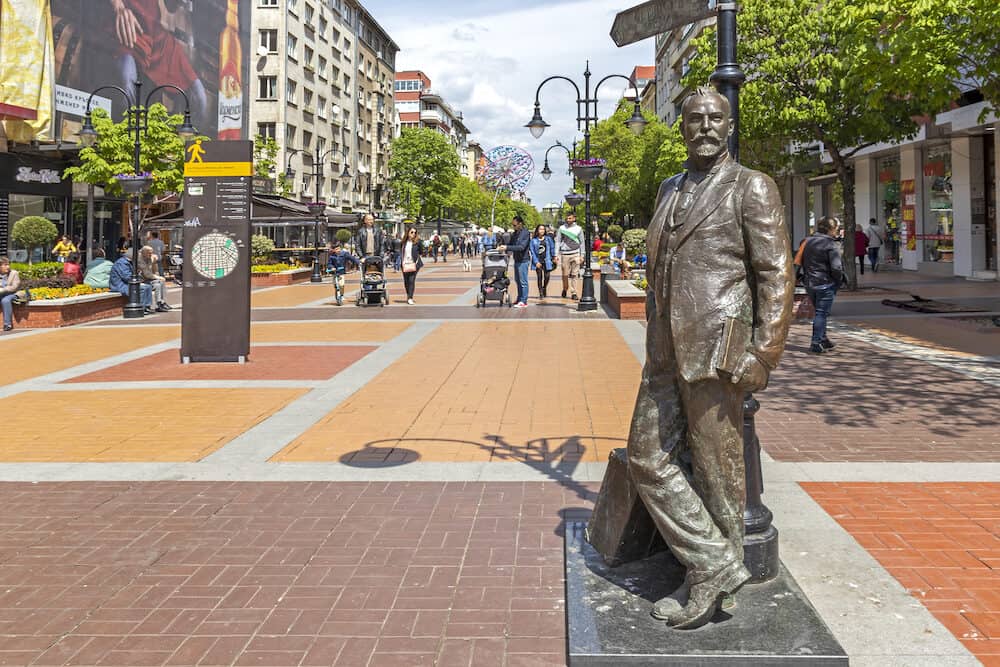
Appreciate the local art scene
Sofia has a ton of wonderful art galleries that are perfect for a rainy day activity. The National Art Gallery holds 50,000 pieces of Bulgarian art inside of a former royal palace in Battenberg Square. The collections range from medieval, contemporary and Bulgarian National Revival, which emerged during the mid-18th century.
A smaller and cosier venue is the Sofia City Art Gallery next to the City Garden. This space always has new and interesting exhibitions of modern art from the 19th century onwards.
Upstairs features the temporary exhibits, while downstairs holds permanent collections. Even if you don’t consider yourself an art buff, the gallery’s location and size make it worth stopping by.
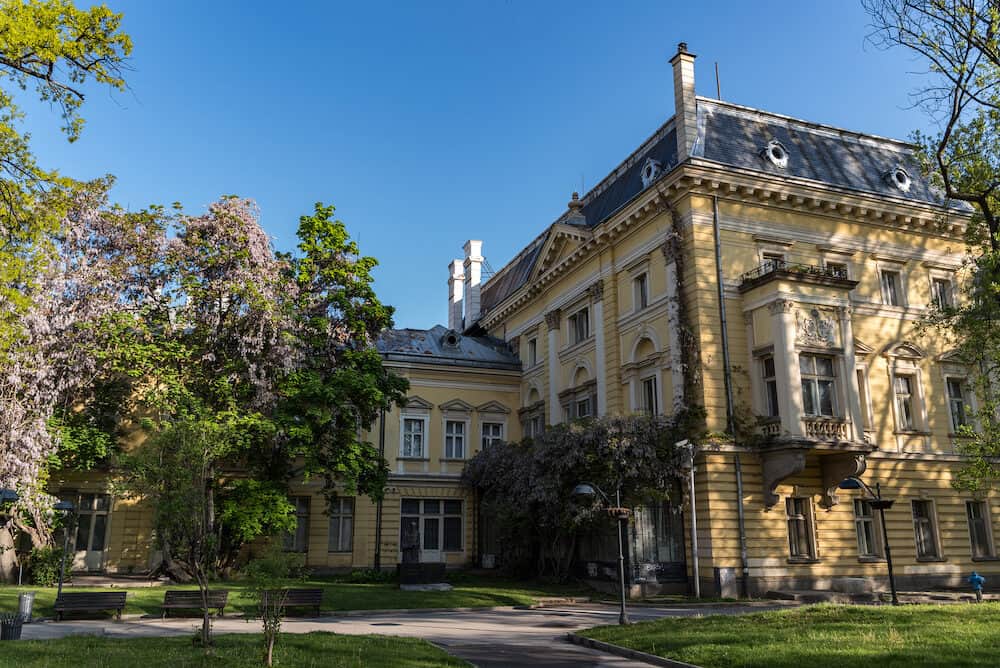
See the Russian Church
One of Sofia’s most breathtaking buildings is the Russian Church, officially called the Church of St Nicholas the Miracle-Maker.
Though much smaller than the nearby Alexander Nevsky Cathedral, it resembles a mini fairytale castle. The facade of the Russian Revival-style church is white with green tiles and features five golden, onion-shaped domes.
Make sure your phone or camera is charged when you visit, because you’ll undoubtedly want to take a hundred photos!
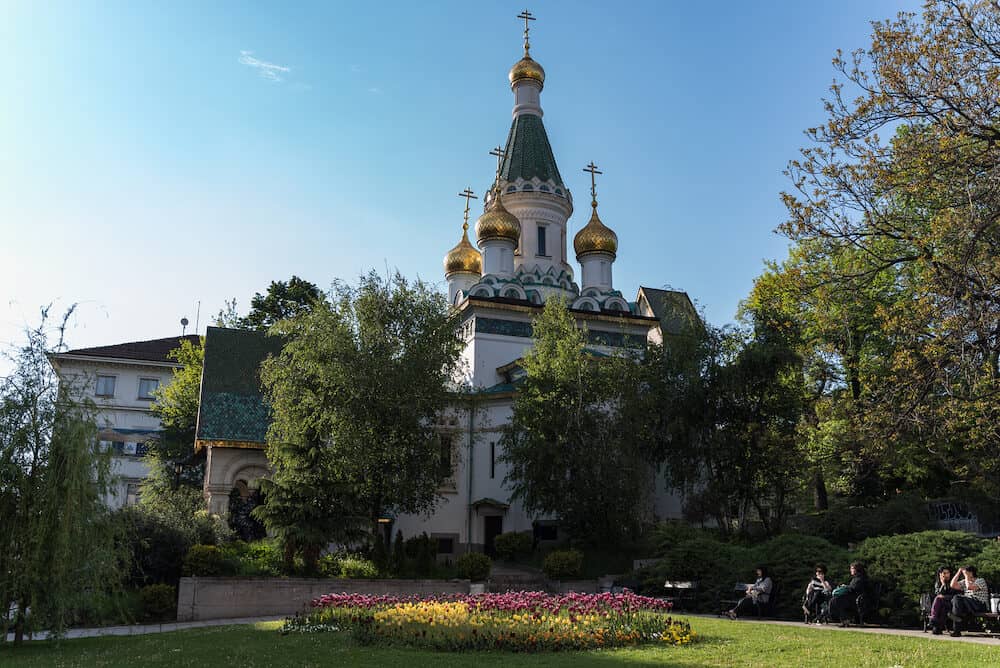
Go on a Communist walking tour
A good way to understand Sofia’s long and complex history is with a walking tour to explore the city’s communist-era landmarks.
Visit structures like the Monument to the Soviet Army and learn from your informative guide about life in Bulgaria during the Cold War. You will hear about fascinating personal stories in addition to interesting facts about communist ideology and its rise and fall within Bulgaria.
While the tour is advertised as three hours long, it typically runs longer as your guide will have so many interesting tidbits to share. Anyone within an interest in history won’t want to miss this experience.
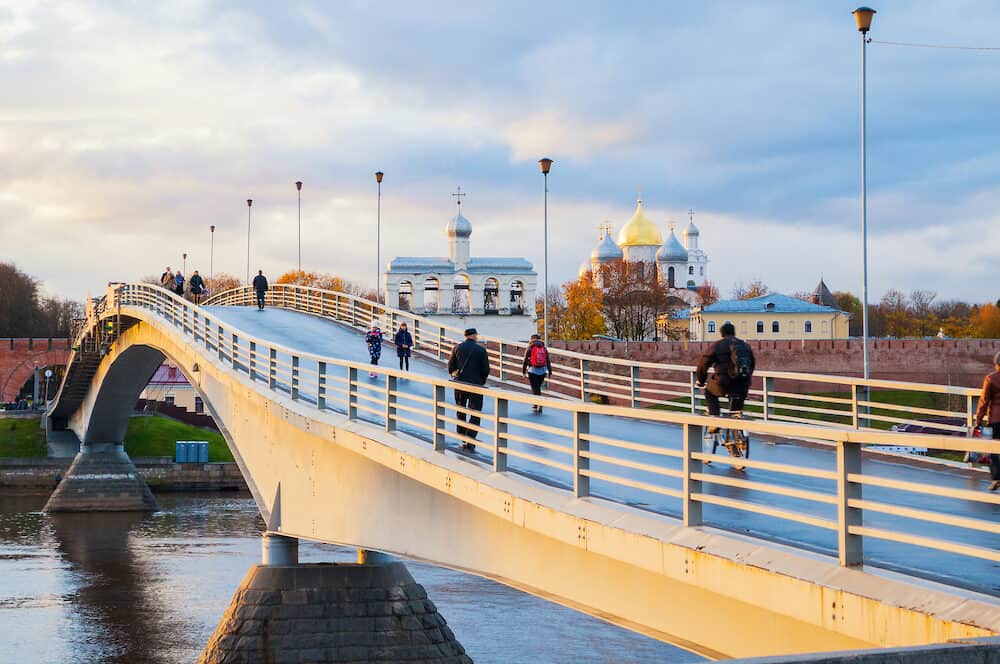
Educate yourself at the museums
The city has almost 30 museums that offer insights into different aspects of Bulgarian history. Yet, with so many different options, how can you decide which museums you should visit? Of course, it’s up to your own personal interests, as there is truly something for everyone.
Firstly, there’s the Earth and Man National Museum, which displays a huge range of gorgeous minerals and geodes. There’s also the Puppet Museum, the Ethnographic Museum, the National Museum of Military History, and the Museum of Sport.
For a more broad overview of Bulgaria’s history, you can’t go wrong at the National Historical Museum. As Bulgaria’s largest museum, there are over 650,000 items on display, ranging from the prehistoric era to the recent communist regime.
Set aside a few hours at least to see as much as you can. As an added bonus, there is a scenic view of the mountains surrounding the building.
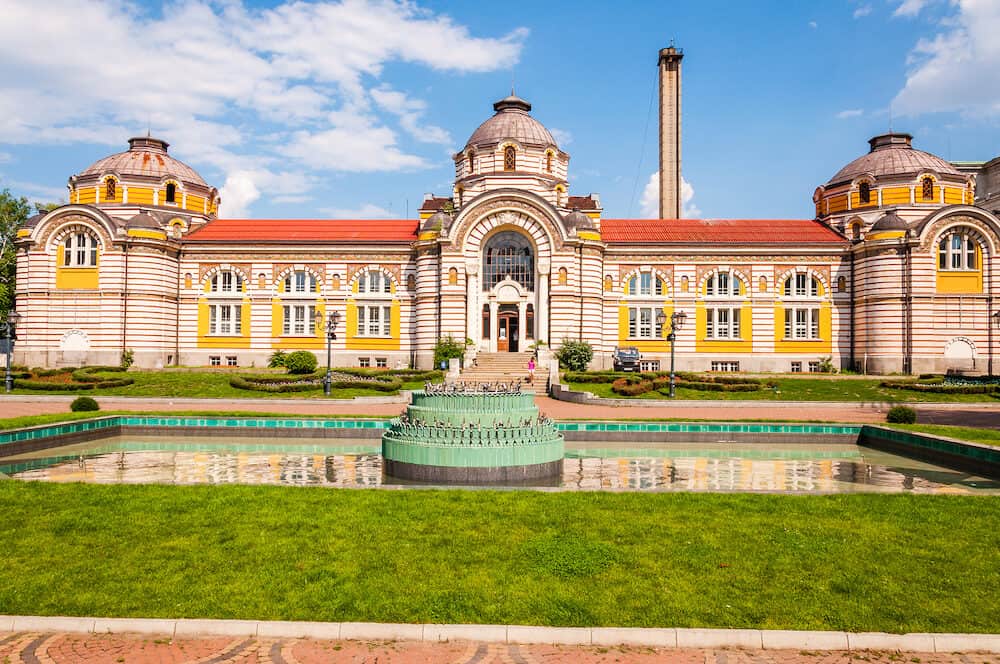
Discover Roman ruins
Step back in time at the Amphitheatre of Serdica, conveniently located in the very centre of the city. This site was a major part of the Ancient Roman city of Ulpia Serdica, which eventually became Sofia.
Although the amphitheatre was built during the third century on top of an earlier Roman theatre, it was only uncovered by chance in 2004. A beautifully-designed hotel has now been constructed around the ruins on Budapeshta Street to preserve and display them in a unique way.
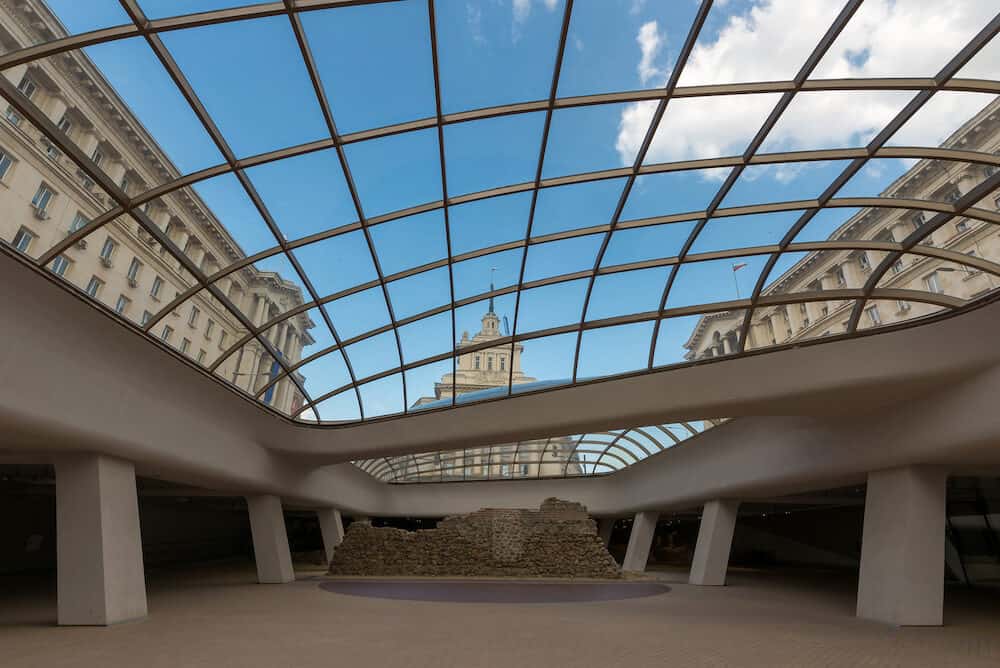
Go kayaking
If you’re eager to try a different outdoor experience, there are plenty of opportunities to kayak. Take an all-day tour to the tranquil waters of Iskar Reservoir, the largest reservoir in Bulgaria.
If you’re completely new to kayaking, a guide is available to show you the ropes and offer tips to help you feel more confident and safe.
The drive takes about an hour from the centre of Sofia, though comfortable transportation to and from your hotel is covered if you book a tour with Viator.
Recommended tours in Sofia
- Communist Walking Tour of Sofia
- Sofia Food Tasting and Cultural Walking Tour
- Sofia Pub Crawl Tour of The Hidden Unique Bars
- Plovdiv Full Day Tour from Sofia
- Rila Monastery and Boyana Church with Light Lunch
- Day tour to Skopje, North Macedonia
- Bulgaria and Serbia in One Day from Sofia
- Saeva dupka and Ledenika Caves Day-Tour from Sofia
- The Ultimate Balkan Horse Riding – Glozhene Monastery Ride
- Rila Monastery and hiking to the Stob Pyramids- Private Day Trip from Sofia
- Vitosha Mountain and Pancharevo Lake Private Day Trip from Sofia
- 7 Rila Lakes Self-Guided Shared Trip from Sofia
If you’d like to save it for later, please save it to Pinterest.
